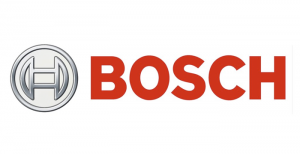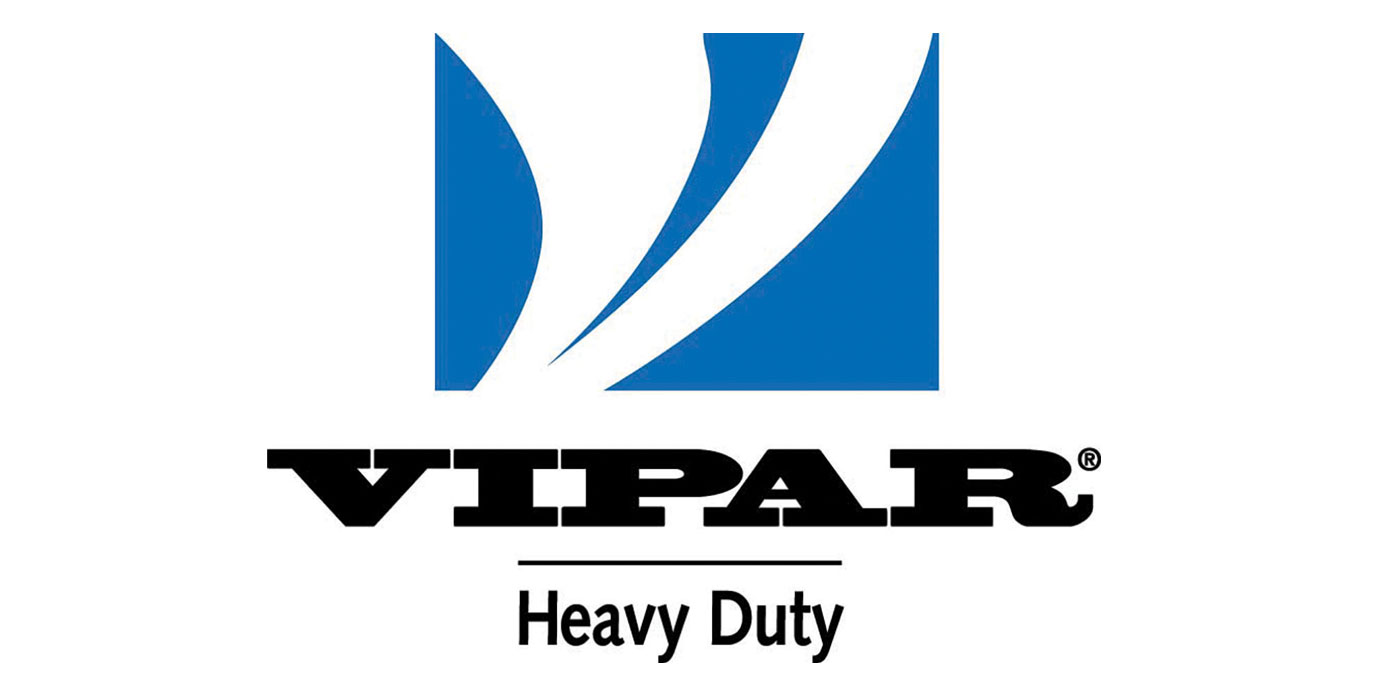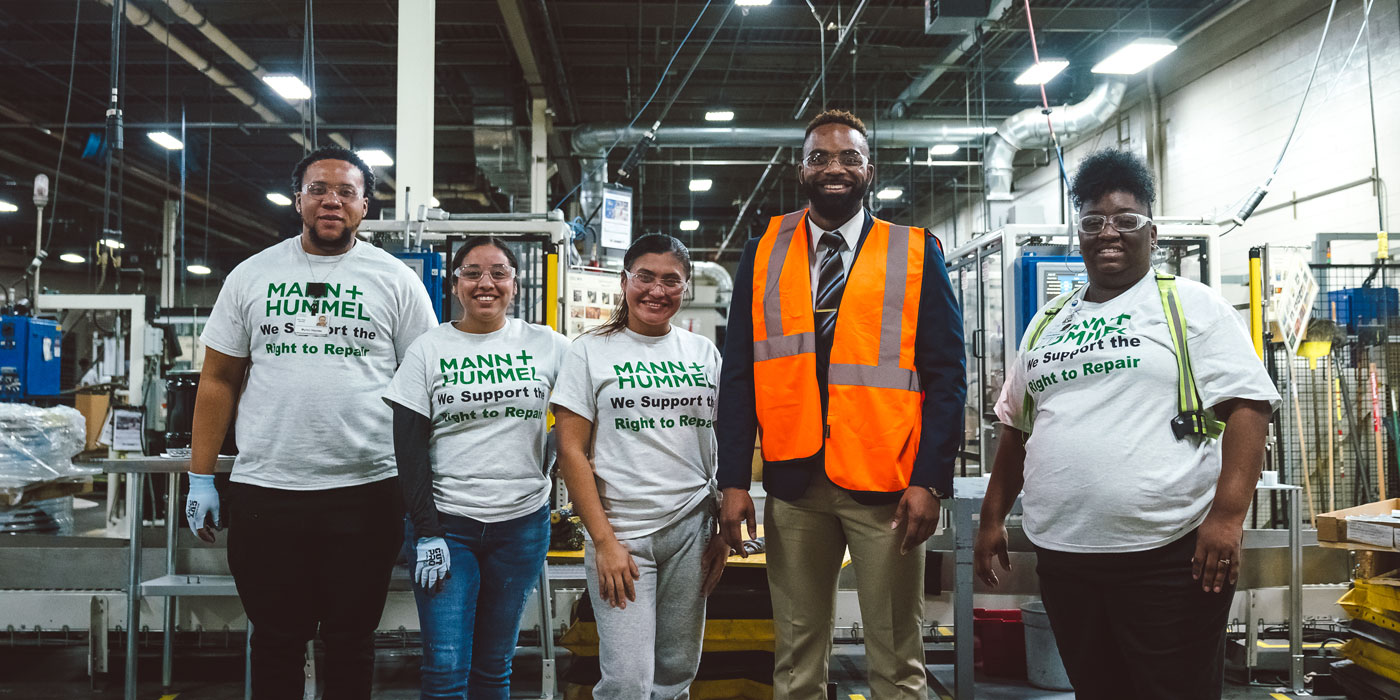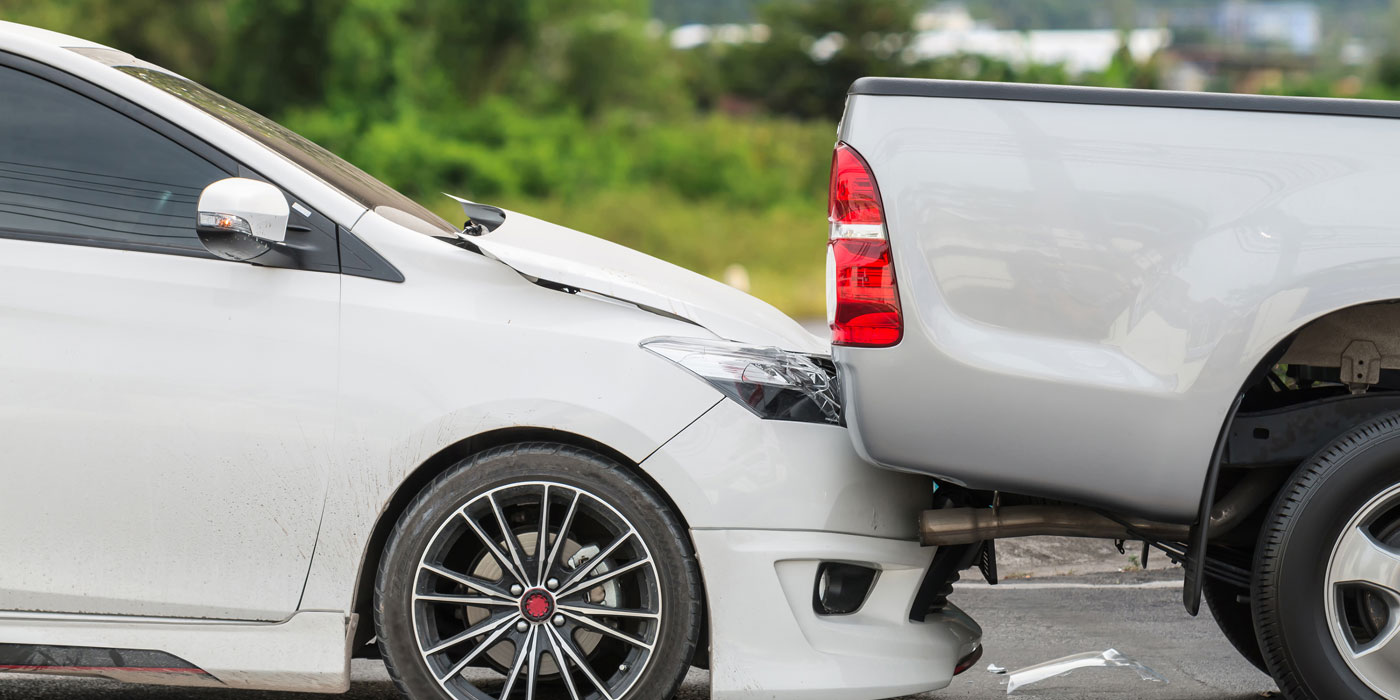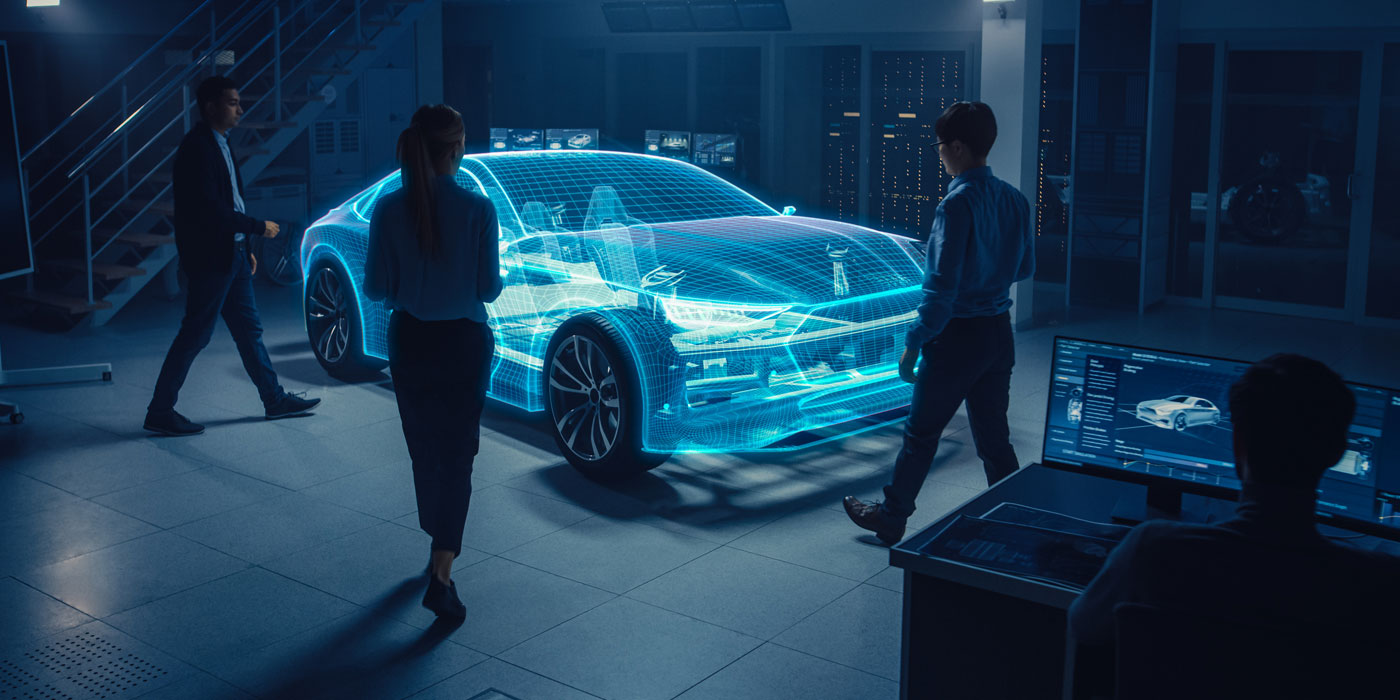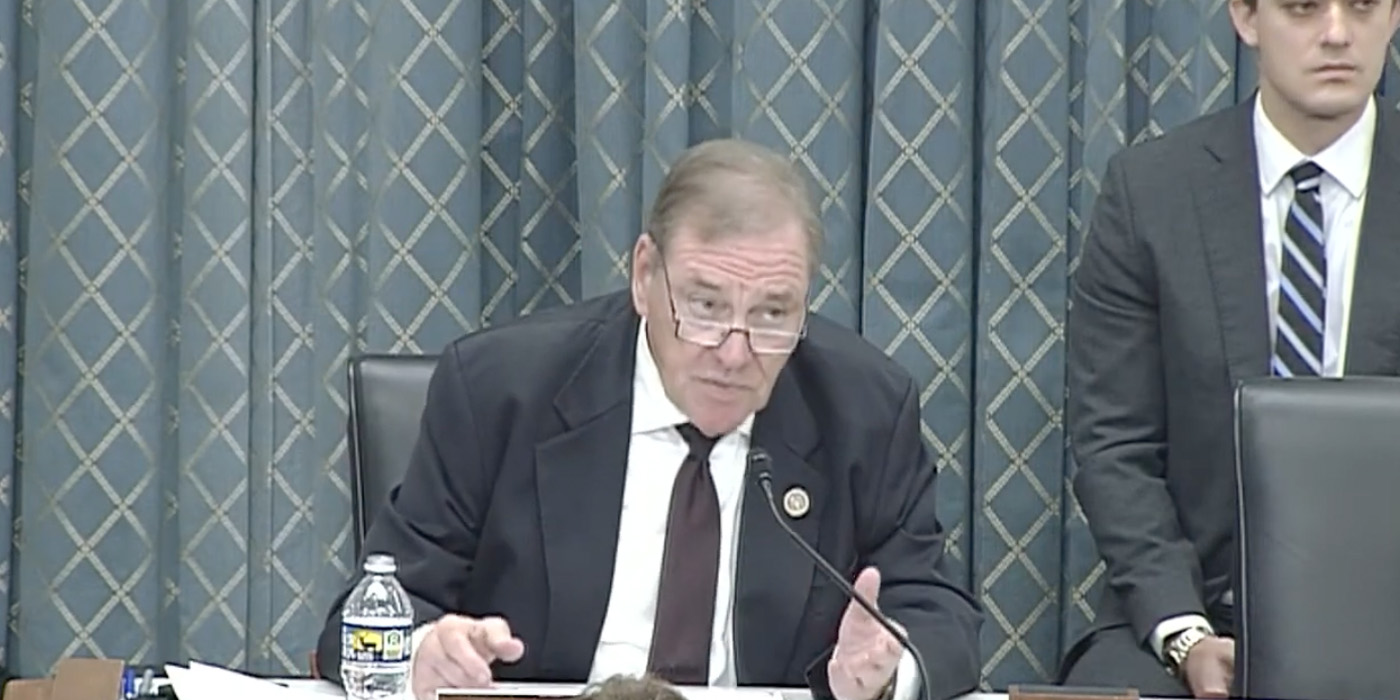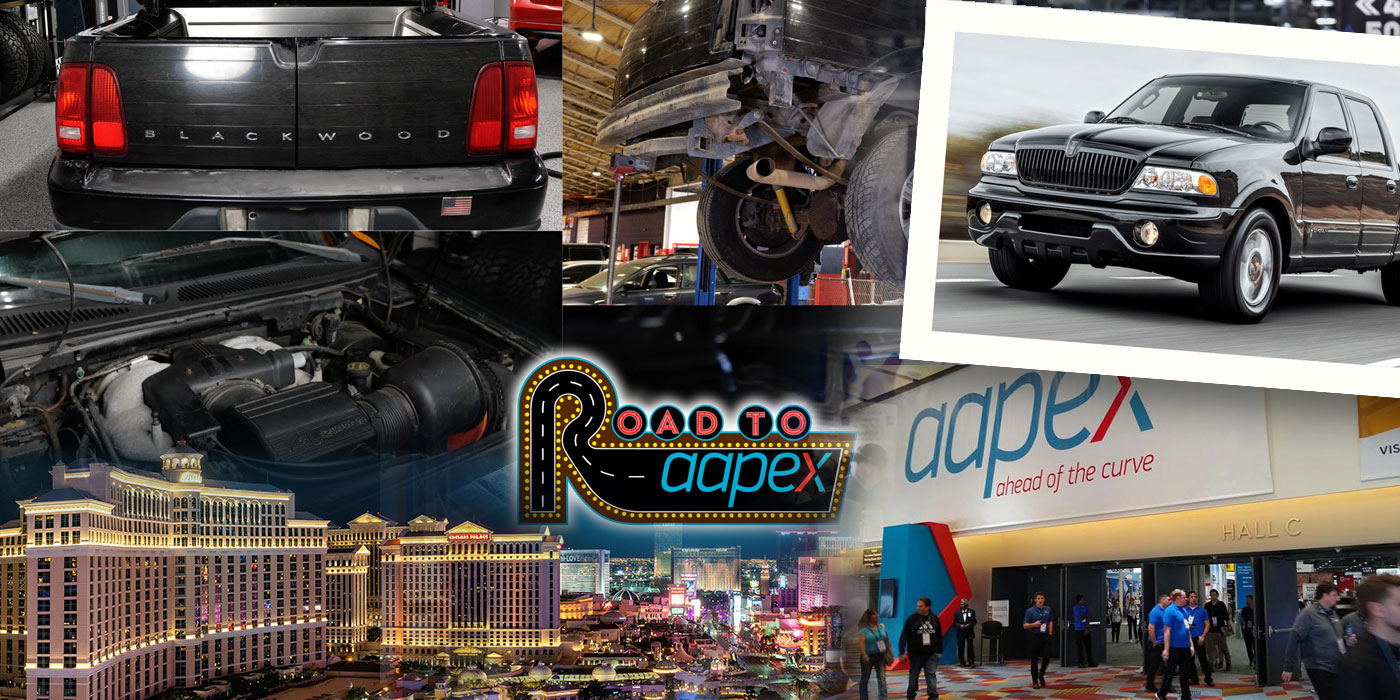http://gty.im/452093994
STUTTGART, Germany — Driver assistance systems are playing an increasingly greater role when it comes to purchasing a car. The importance of lane assist and automatic emergency braking systems in particular has grown significantly. According to a Bosch evaluation based on the 2014 registration statistics, one in five of the nearly 3 million newly registered passenger cars in Germany last year were equipped with such systems.
By way of comparison, the evaluation for 2013 revealed that the two assistance systems featured in only one in 10 new cars. The Bosch board of management member Dr. Dirk Hoheisel welcomes the positive trend. “Driver assistance systems can only make traffic safer if they are widely used,” he said.
In Germany alone, up to 72 percent of rear-end collisions resulting in injury could be prevented if all vehicles were equipped with an emergency braking system. According to Bosch accident research, lane keeping support can prevent up to 28 percent of accidents resulting in injury that are caused by drivers accidentally leaving their lanes.
Technical requirement found in increasing number of modern cars
The added degree of safety that driver assistance systems provide is one key reason for their growing popularity. Automatic emergency braking systems in particular are also benefiting from the new Euro NCAP ratings scheme. From 2016, new vehicles must have a predictive pedestrian protection feature if automakers wish to receive the European consumer association’s top five-star rating. Driven by changes to the testing specifications and fostered by decreasing costs, an increasing number of modern passenger cars are equipped with sensors that monitor their surroundings. This trend is reflected in Bosch’s sales figures as well: radar and video sensor sales will once again double in 2015.
One surround sensor facilitates several driver assistance systems
Bosch is a world market leader for radar sensors with 77 GHz technology, and 2016 is poised to see the production of the ten-millionth radar sensor. With its mid-range radar sensor (MRR), Bosch has made radar technology affordable for the general market. The MRR is used, for example, in the VW Polo and Golf, which means that it can be found in the price-sensitive segment for small and compact cars. One sensor can serve as the basis for several driver assistance systems. Apart from an emergency braking system, the MRR also facilitates adaptive cruise control (ACC). ACC automatically maintains both the driver’s chosen speed and a programmed safe distance to the vehicle in front. When combined with a rear-end collision warning system, the ACC can reduce the amount of heavy braking on freeways by 67 percent. It also results in 73 percent fewer instances of tailgating. ACC was found in 8 percent of all new cars in 2014, which is twice as many vehicles with this technology as after the first Bosch evaluation.
One in every four new passenger cars can detect when drivers are tired
The number of new cars equipped with road sign recognition and drowsiness recognition systems also grew – each by two percentage points over 2013. Six percent of all cars that were newly registered last year are able to recognize certain traffic signs on the side of the road with the help of a video camera. The information is then shown as a symbol on the dashboard display and helps drivers to navigate the “road sign jungle.” The drowsiness recognition system was installed in one-quarter of all new cars in 2014. Bosch’s solution uses the steering angle sensor and electric power steering to constantly analyze the driver’s steering behavior for typical signs of drowsiness. The system immediately registers small, abrupt steering maneuvers, and when it factors in additional parameters, such as the length of the drive and the time of day, it recognizes signs of the onset of drowsiness. Before the driver threatens to nod off, the drowsiness recognition system warns him or her in due time to pull over for a break.
Parking assistance systems are the most common in new cars
Intelligent headlight control automatically switches on the high beams outside built-up areas as long as it does not detect any vehicles ahead or any oncoming traffic. It also constantly adjusts the headlights to the course of the road. Systems that are only capable of continuously adjusting low-beam headlights were not included in the latest evaluation. As a result, the proportion of vehicles fitted with intelligent headlight control has decreased. In 2014, it featured in only 13 percent of newly registered passenger cars. For the first time, Bosch included parking assistance systems in its evaluation. They include parking aids based on ultrasonic sensors, which use acoustic signals to inform drivers of the distance between the vehicle and obstacles while parking, as well as reversing cameras and parking assistants. The latter also take control of the steering when parking, while the driver remains in charge of accelerating and braking. In 2014, according to the Bosch study, one in two (52 percent) newly registered cars in Germany was equipped with parking assistance systems, which makes them the most common assistance system in new cars.
Different countries – but similar preferences for driver assistance systems
Parking assistance systems are very popular outside Germany as well. In 2014, every second new car (50 percent) in Belgium as well as the Netherlands also came equipped with such systems, which are also found in 19 percent of newly registered passenger cars in the United Kingdom. Automatic emergency braking systems are even more common in Belgium than in Germany. One in four newly registered passenger cars there support drivers with braking when encountering an obstacle. In the Netherlands, 17 percent of new cars are capable of providing such support, while the same is true of eleven percent in Spain and five percent in the United Kingdom. A look at the other EU countries with respect to lane keeping support reveals that 14 percent of new cars in Belgium in 2014 were equipped with such a system, 11 percent in the Netherlands, 9 percent in Spain, and 6 percent in the United Kingdom.
Bosch study based on the 2014 statistics for newly registered cars
To conduct its evaluation of driver assistance systems, Bosch used data from the service provider Polk and the German Federal Motor Transport Authority’s 2014 statistics for newly registered cars. On this basis, Bosch identified the most important vehicle models in each segment. Bosch then examined the lists of vehicle features to determine what driver assistance systems were offered. rs: Mobility Solutions, Industrial Technology, Consumer Goods, and Energy and Building Technology. The Bosch Group comprises Robert Bosch GmbH and its roughly 440 subsidiary and regional companies in some 60 countries. Including its sales and service partners, Bosch is represented in roughly 150 countries. This worldwide development, manufacturing, and sales network is the foundation for further growth. In 2014, Bosch applied for some 4,600 patents worldwide. The Bosch Group’s strategic objective is to create solutions for a connected life. Bosch improves quality of life worldwide with products and services that are innovative and spark enthusiasm. In short, Bosch creates technology that is “Invented for life.”

